My Knockout Rose took a 1-2 punch during Hurricane Helene
Hello,
Last fall when Hurricane Helene hit our area of the Blue Ridge Mountains it pushed my yellow knockout rose over. I need to know what to do with it to straighten it up. Thanks for your help!
Sincerely,
Gretchen

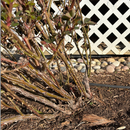

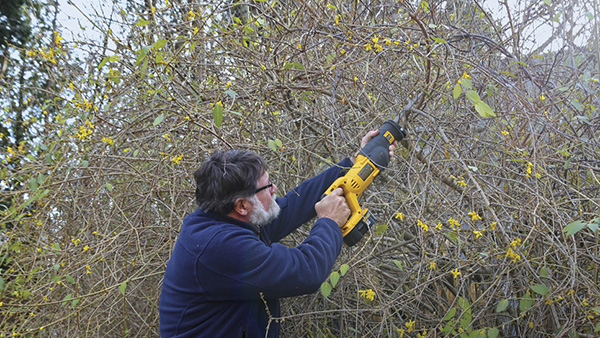


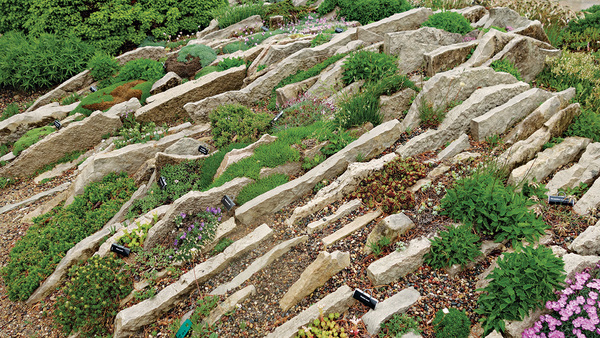
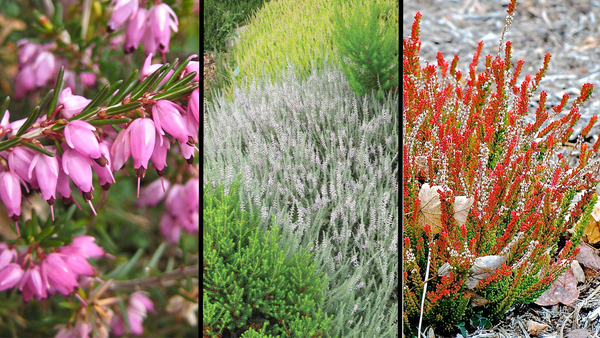



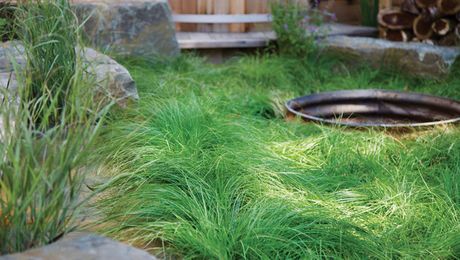




Replies
Hi Gretchen! So sorry to hear about this - hopefully you didn't get too much worse than the knocked over rose?
Roses are remarkably resilient, and with careful repositioning and proper aftercare, your Knock Out rose should bounce back beautifully.
Here are a few steps to try:
Before taking any corrective measures, gently inspect the plant. Identify any branches that are damaged beyond repair. Check if the root ball has been significantly disturbed or if there are signs of soil compaction, and determine if any emerging foliage or buds have been harmed.
Next, you'll want to correct the orientation. If the rose is simply leaning, carefully lift the rose to reorient the main canes. It’s best to do this when the soil is moist, which helps reduce root damage. Then, drive a garden stake (or several, if necessary) into the ground near the plant. Use soft ties or even strips of cloth to loosely secure the main stems to the stake. This support helps the rose maintain an upright position as it re-establishes its root system.
Note: DON'T force the plant into an unnatural position. Aim for a gradual correction over time, checking and adjusting the ties every few weeks to help the rose slowly take root and avoid damaging the roots. You may want to move the stakes slowly further away from the plant, and thus pull it more upright, as you go.
During this phase, you'll want to prune any damaged sections such as canes that are broken or appear diseased. Use clean, sharp pruning shears to remove any broken or dead wood. Cutting back to healthy tissue encourages new growth. See pruning videos here: https://www.finegardening.com/project-guides/pruning/a-simple-way-to-prune-shrub-roses
Other tips:
Make sure to remove any fallen leaves or debris around the base. This helps prevent fungal issues and creates a cleaner environment for the plant to recover.
Keep the soil consistently moist (but not waterlogged) to help reduce transplant shock. A slow, deep watering once or twice a week is generally ideal.
Apply a layer of organic compost and mulch around the base of the plant to help retain moisture and reduce compaction.
Monitor the plant regularly. Adjust stakes and ties as needed, and keep an eye out for signs of stress or disease.
Once the plant shows signs of recovery, consider applying a balanced fertilizer to support its renewed growth.
Happy gardening, and here’s to your rose regaining its upright, vibrant form!
Thank you very much for your reply. The entire plant dislodged in the direction of the wind. I am headed to the garden now to follow your advice! Thank you!
Sincerely,
Gretchen
PS: We had lots of hurricane damage. One day it was a disaster. The next day could not have been more perfect. We are still cleaning up.
Good advice here above. I think they will rebound!